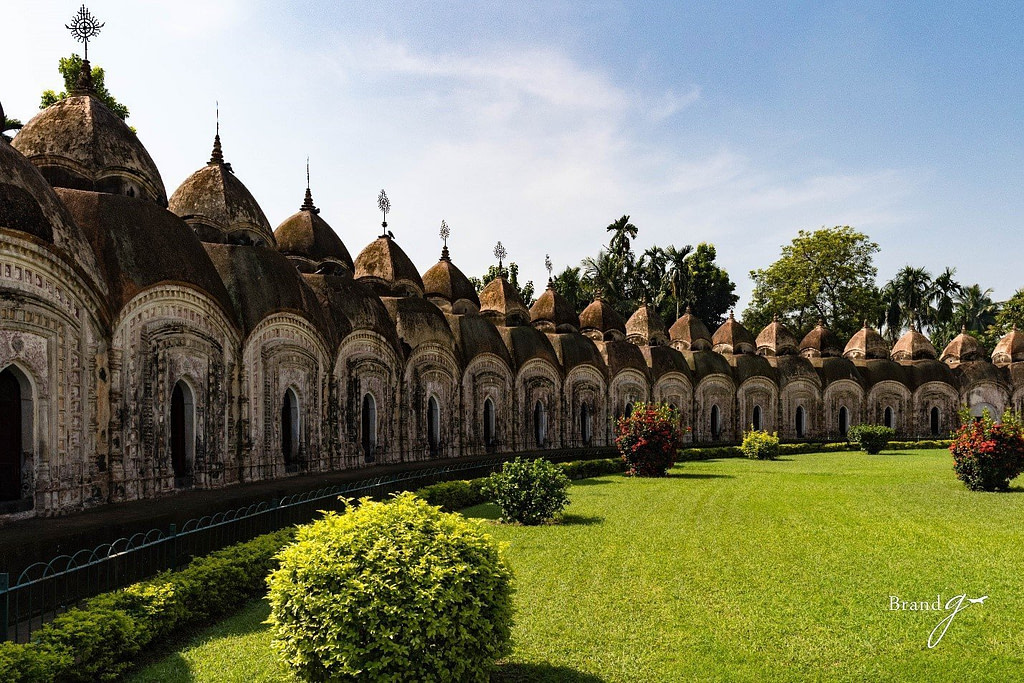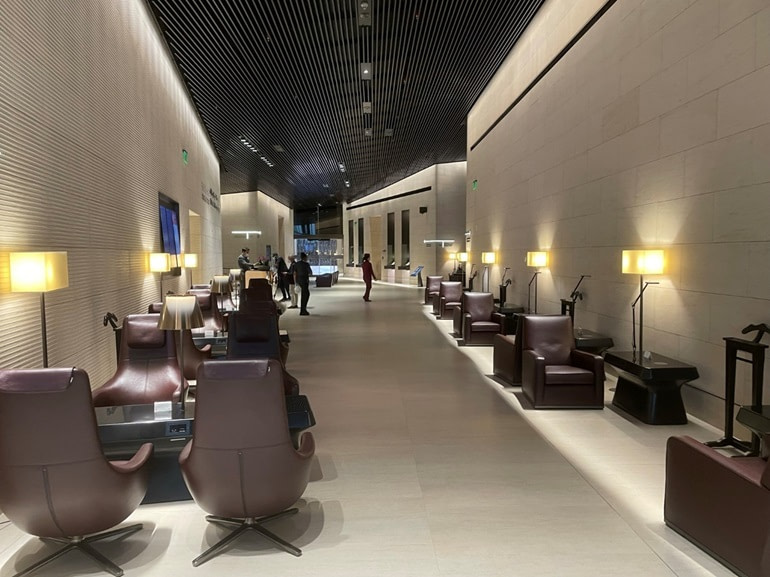Think the Taj Mahal is the only cool thing to see in India?
Think again. India has 35 – count ‘em, 35 – UNESCO World Heritage sites. (The U.S., by comparison, only has 23, Australia just 19.) So the Taj is just the tip of the iceberg. And with British and French influences – Britain ruled India for nearly two centuries, and France had colonies there, as well – it’s a continent of extraordinary variety, both in architecture and customs.
Just a few of the incredible sites (all of which are part of Brand g’s Splendors of India and the Ganges cruise and land tour) include:
- The Red Fort (New Delhi) – Considered the height of Islamic-influenced architecture, the massive 17th century Red Fort was home to emperors of the Mughal dynasty. Check out the marble pavilions encrusted in jewels.
- The Rajbari Temple Complex (Kalna) – home to 108 enchanting, slope-roofed temples, 74 in an outer circle and 34 in an inner.
- Hazaduari Palace (Murshidabad) – a stunning Colonial Palace with more than a thousand real and false doors in its vast corridors. Mushidabad itself is an architectural gem on the Ganges, home to dramatic, whitewashed British colonial structures.
- Temple of the Vedic (Mayapur) – a stunning new temple complex being constructed as the home of the Vedic spiritual tradition, it includes one of the world’s greatest planetariums.
- Agra Fort (Agra) – a 94-acre fort built in the 15th century, it houses more than two dozen richly decorated monuments in the imposing Mughal dynasty style.

Huge street bazaars are quite popular and plentiful. Filled with incredible handmade Indian crafts, Kashmiri carpets, spices, textiles and art, these bazaars are a fabulous place to pick up souvenirs and special gifts for your home. Be sure to bargain – you can end up paying half the stated price.
And India is known for some of the most palatial hotels – some, literally, in palaces – in the world. Five star doesn’t begin to describe the level of luxury, service and over-the-top opulence. The Rambagh Palace in Jaipur, for example, is the former residence of the Maharaja of Jaipur. You’ll feel like you should be carrying a scepter.
And then there are the amazingly warm Indian people. These gracious, kind, unassuming citizens embrace visitors with the sort of welcome that will make you never want to leave. You’ll come home with as many pictures of the wonderful Indian people and their unique customs as you will of their astounding history.






